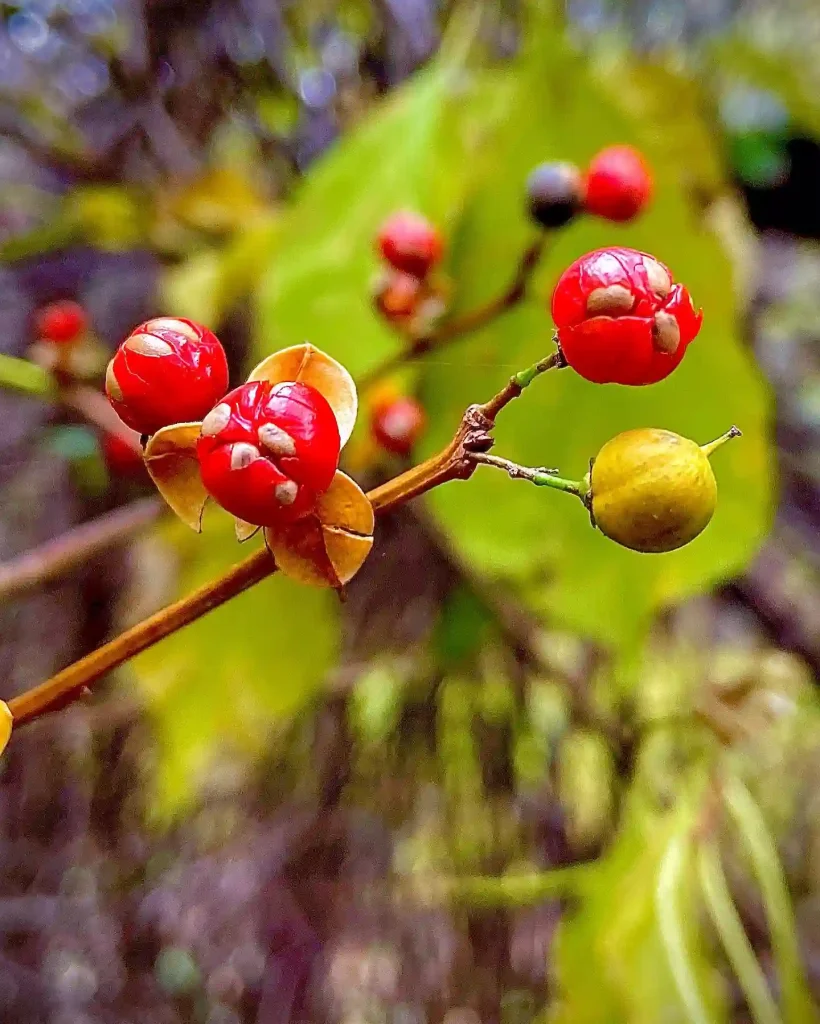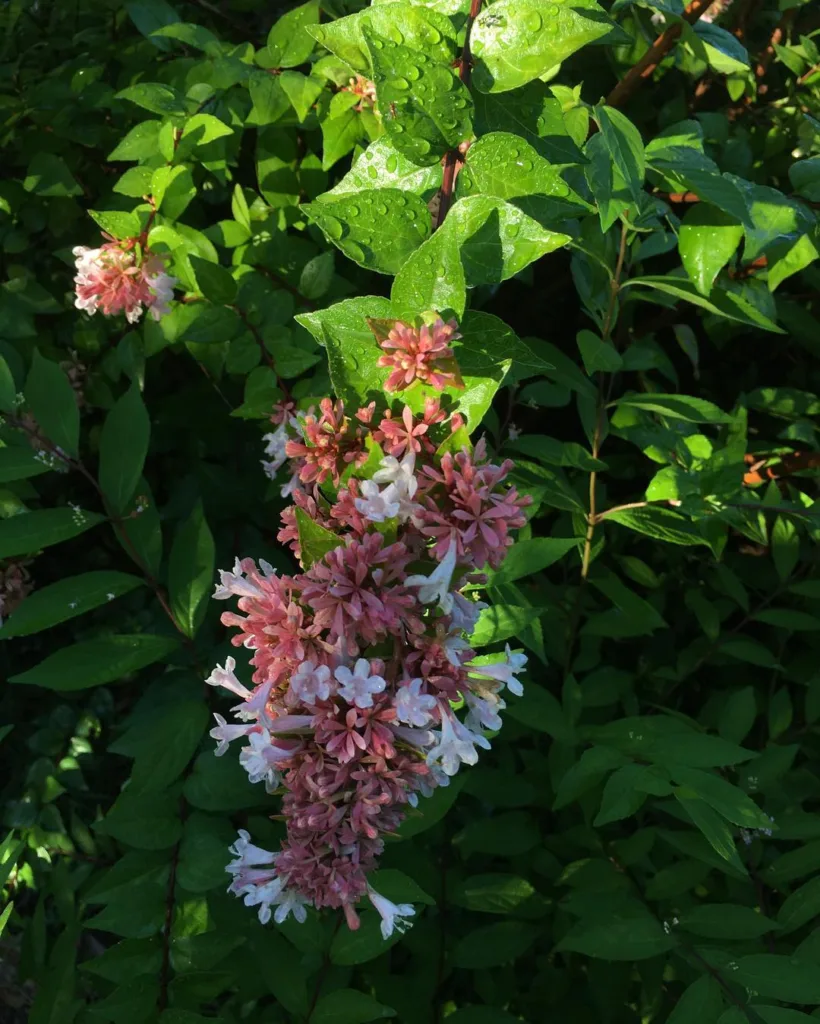FAQs About Ceanothus Oliganthus: A Comprehensive Guide
Ceanothus Oliganthus, often known for its striking blue flowers and robust nature, has piqued my interest as a gardener and plant enthusiast. I’ve found it to be a unique and rewarding addition to my garden, but I’ve also encountered several questions along the way. Here’s a detailed look at this fascinating plant, addressing common FAQs and sharing insights based on my personal experiences.
73 Species in Genus Ceanothus
What is Ceanothus Oliganthus?
Ceanothus Oliganthus is a species of Ceanothus, a genus commonly referred to as California lilac. It’s known for its dense clusters of vibrant blue flowers that bloom in late spring to early summer. Native to the western United States, this shrub is valued for its ornamental appeal and adaptability. Its foliage is evergreen, providing year-round interest and a lush backdrop in the garden.
How to Care for Ceanothus Oliganthus?
Caring for Ceanothus Oliganthus is relatively straightforward, but it requires some attention to detail. Here’s what I’ve learned:
- Sunlight: Ceanothus Oliganthus thrives in full sun. It prefers at least six hours of direct sunlight each day. I’ve found that planting it in a sunny spot ensures the most vibrant blooms and healthiest growth.
- Soil: This plant prefers well-drained soil. It’s adapted to the rocky, sandy soils typical of its native habitat. To improve drainage, I mix sand or gravel into the planting soil. It’s important to avoid heavy, clayey soils that can cause root rot.
- Watering: While Ceanothus Oliganthus is drought-tolerant once established, it does need regular watering during its first year to develop a strong root system. I water it deeply but infrequently, allowing the soil to dry out between waterings. Overwatering can lead to root issues.
- Fertilizing: This plant doesn’t require much fertilization. I usually apply a balanced, slow-release fertilizer in early spring. Too much fertilizer can result in excessive leaf growth at the expense of flowers.
How to Propagate Ceanothus Oliganthus?
Propagation of Ceanothus Oliganthus can be done through seeds or cuttings:
- Seeds: I start by sowing seeds in a well-draining seed-starting mix. Stratify the seeds in the refrigerator for about a month before planting. Once the seeds have been treated, plant them in a sunny location. Germination can take several weeks.
- Cuttings: Taking cuttings is another effective method. I take semi-hardwood cuttings in late summer or early fall. Dip the cut ends in rooting hormone, then plant them in a pot with a mix of perlite and peat moss. Keep the cuttings in a warm, sunny location and maintain high humidity until they root.
What to Plant With Ceanothus Oliganthus?
When choosing companion plants for Ceanothus Oliganthus, consider other drought-tolerant species that thrive in similar conditions:
- California Poppy (Eschscholzia californica): The bright orange flowers contrast beautifully with the blue blooms of Ceanothus.
- Salvia (Salvia spp.): Salvias, with their purple, red, or pink flowers, make excellent companions and attract pollinators.
- Manzanita (Arctostaphylos spp.): These shrubs have a similar drought tolerance and provide a complementary texture with their unique bark and foliage.
Is Ceanothus Oliganthus Toxic?
Ceanothus Oliganthus is generally considered non-toxic to humans and pets. However, as with many plants, it’s a good idea to prevent children and animals from ingesting parts of the plant to avoid any potential digestive upset.
Benefits of Ceanothus Oliganthus
From my experience, Ceanothus Oliganthus offers several benefits:
- Aesthetic Appeal: Its striking blue flowers create a stunning visual impact in the garden.
- Low Maintenance: Once established, it requires minimal care, making it a great choice for busy gardeners.
- Drought Tolerance: Its ability to thrive in dry conditions helps reduce water usage in the garden.
Common Problems and How to Address Them
Despite its resilience, Ceanothus Oliganthus can face a few issues:
- Root Rot: Overwatering or poorly draining soil can lead to root rot. Ensure proper drainage and avoid excessive watering.
- Pests: While relatively pest-resistant, watch out for aphids or spider mites. I’ve found that regular inspection and mild insecticidal soap can manage these issues effectively.
How Does Ceanothus Oliganthus Compare to Similar Plants?
In comparing Ceanothus Oliganthus to other species in the Ceanothus genus, like Ceanothus ‘Concha’ or Ceanothus ‘Dark Star,’ I’ve observed that Ceanothus Oliganthus typically has a more compact growth habit and slightly smaller flowers. Ceanothus ‘Concha,’ for instance, has larger flowers and can grow larger overall, making it a better choice for larger spaces.
Overall, Ceanothus Oliganthus stands out for its vibrant blue flowers and low-maintenance care. Its adaptability to dry conditions and stunning visual appeal make it a valuable addition to any garden. If you’re considering adding this plant to your landscape, I hope this guide helps you get started and enjoy all that Ceanothus Oliganthus has to offer.
If i die, water my plants!



